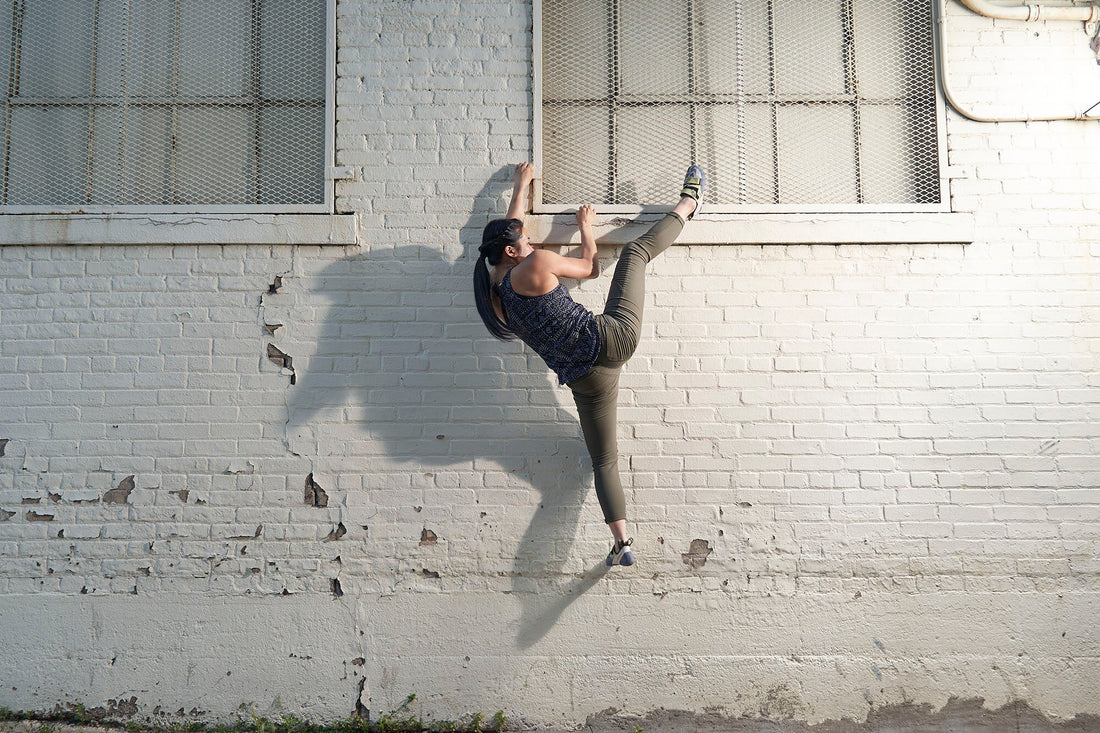
Gender Issues on the Wall: Challenges and Breakthroughs for Female Climbers
Share
For decades, climbing has been dominated by men, both in terms of representation and visibility. However, in recent years, a quiet yet powerful revolution has been unfolding. Women are not only participating in climbing at unprecedented levels but are also redefining the sport, pushing boundaries, and challenging long-held stereotypes. This silent revolution is reshaping the climbing community, making it more inclusive, dynamic, and inspiring.
Breaking Barriers and Setting Records
From legendary pioneers like Lynn Hill—who made history with her free ascent of The Nose on El Capitan—to modern-day powerhouses like Janja Garnbret and Ashima Shiraishi, women have consistently demonstrated their prowess in climbing. These climbers have shattered expectations and redefined what is possible, inspiring new generations of women to take up the sport. The rise of social media and increased media coverage have also played a crucial role in amplifying female climbers' achievements, ensuring they receive the recognition they deserve.
Overcoming Industry Bias
Historically, women in climbing have faced numerous challenges, including gender bias in sponsorships, fewer opportunities for competition, and limited representation in climbing media. However, these barriers are slowly eroding as brands, competitions, and climbing gyms make concerted efforts to promote gender equality. Initiatives such as women-specific climbing events, mentorship programs, and increased representation in leadership roles are helping to level the playing field.
Community and Support Networks
A key driver of this silent revolution is the growing network of female climbers supporting one another. Women's climbing groups, online communities, and mentorship programs have created a space where climbers can share experiences, advice, and encouragement. These networks foster confidence and camaraderie, allowing more women to feel comfortable and empowered in what was once a male-dominated sport.
Redefining Strength and Style
Women have brought a fresh perspective to climbing, emphasizing technique, flexibility, and problem-solving over sheer brute strength. This shift has influenced climbing styles and training methodologies, proving that success in climbing is not solely determined by physical power but also by strategy and adaptability. As a result, female climbers have contributed significantly to the evolution of modern climbing techniques and route-setting approaches.
Inspiring the Next Generation
Perhaps the most significant impact of this revolution is its influence on young climbers. More girls are taking up climbing at an early age, inspired by the achievements of women before them. Youth climbing programs, increased representation in competitive climbing, and strong female role models are paving the way for future generations to excel in the sport without limitations.
The Future of Women in Climbing
The silent revolution of women in climbing is far from over. With ongoing advocacy, increased visibility, and a growing community, the sport is becoming more inclusive and diverse. As more women step onto the wall, their presence will continue to shape the future of climbing, proving that strength, determination, and passion know no gender. The walls are no longer a barrier—they are a platform for empowerment and progress.
